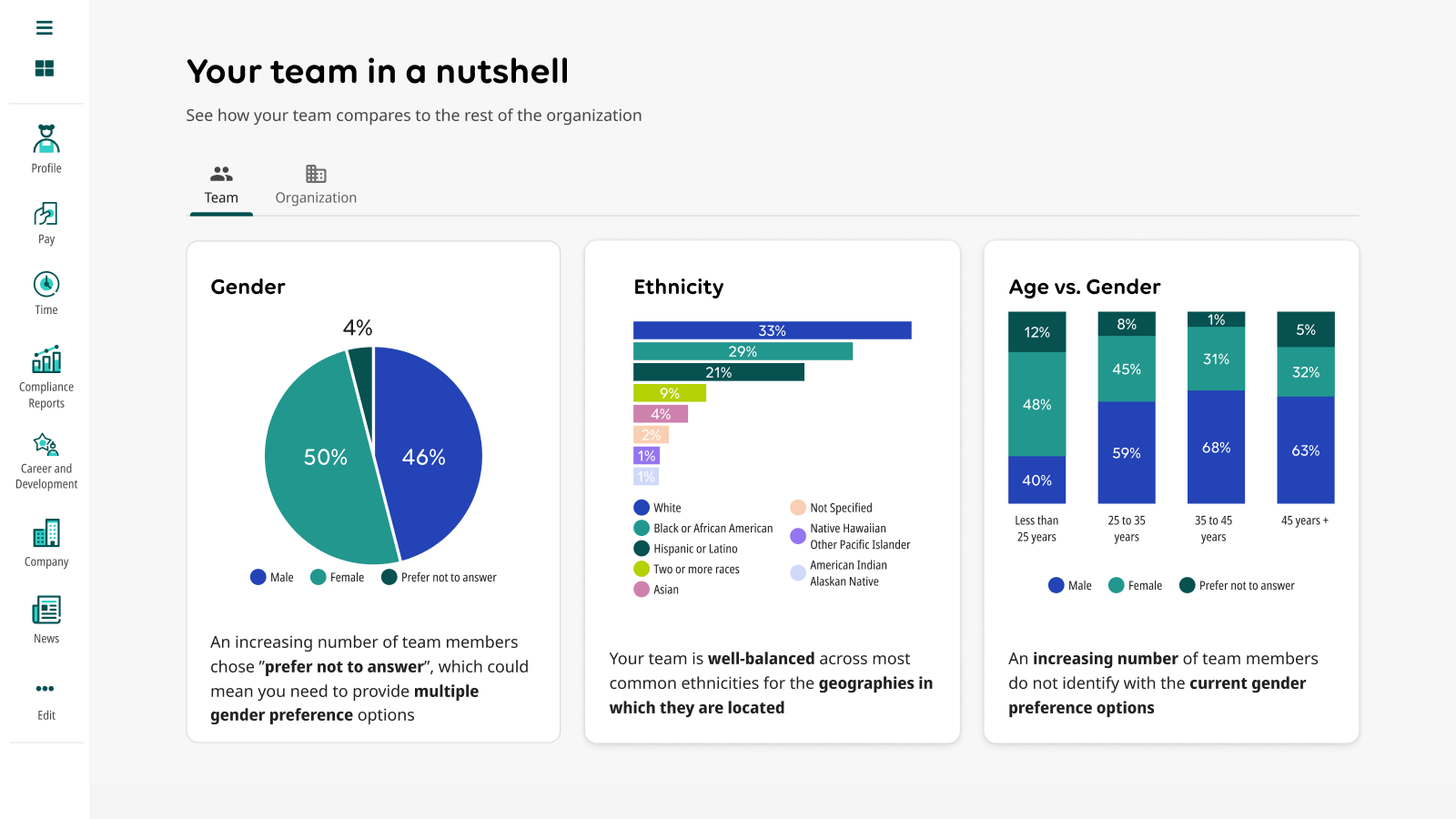About Great Place To Work
Great Place to Work focuses on cultivating top workplace cultures through research, consultancy, and certifications, promoting trust, pride, and camaraderie while inspiring organizations to excel as employers.
Executive Summary
It all comes down to leadership. Maximizing human potential through leadership effectiveness is vital for businesses to thrive in this new For All business frontier.
The “Great Place to Work Hub” project is a groundbreaking initiative, which I helped spearheading the initiative to reimagine the future vision for Great Place to Work Hub.
The project aimed to create a comprehensive digital platform that mapped employees’ demographic data with their Belonging sentiment, thereby improving Diversity, Equity, and Inclusion (DEI) efforts within the organization.
By focusing on leadership behavior and fostering a culture of empathy, the project sought to maximize human potential and drive business growth in the rapidly evolving “For All” business model.
Business Value Proposition
The Great Place to Work Hub project was designed with the understanding that effective leadership is crucial to realizing the full potential of an organization’s workforce.
The project was built on three core value propositions:
-
Improved leadership behavior - By providing leaders with actionable insights into DEI and Belonging sentiment data, the platform enables them to make more informed decisions and foster a supportive and inclusive environment.
-
Enhanced employee engagement - The project facilitates employee connection and collaboration, leading to increased satisfaction, productivity, and retention.
-
Strengthened company reputation - Companies that embrace DEI initiatives and demonstrate commitment to employee well-being are more attractive to top talent and customers alike, creating a competitive advantage in the market.
Design Process:
The project followed a comprehensive design process, which can be divided into four key stages:
1. Discovery
The first stage involved conducting extensive research on the current DEI landscape, understanding the organization’s needs, and identifying opportunities for improvement. This included interviews with employees and leaders, focus groups, and surveys to gather qualitative and quantitative data.

2. Strategic Vision:
Based on the insights from the discovery stage, a strategic vision for the platform was developed. This vision included key objectives, such as empowering leaders to make data-driven decisions, fostering a sense of belonging among employees, and improving DEI initiatives across the organization.










3. Design and User Testing:
The platform’s design was developed iteratively, with continuous feedback from stakeholders, including employees and leaders.
Interaction and Visual Design
User-centered design principles guided the creation of an intuitive and user-friendly interface.

Figma Prototype
Multiple usability studies were conducted with HR executives from different organizations to ensure the platform met their needs and expectations.
4. Implementation:
The final stage involved deploying the platform within the organization and training leaders on how to effectively use it. Change management strategies were employed to facilitate a smooth transition and promote user adoption.
Expected Outcomes
The project has had a significant positive impact on the future strategic goals for the organization. Some key expected outcomes include:
-
Increasing transparency and awareness around DEI initiatives and Belonging sentiment, leading to better decision-making and targeted interventions.
-
Enhance collaboration and communication between leaders and employees, resulting in improved employee engagement and satisfaction.
-
Promote a cultural shift towards empathy, inclusivity, and shared responsibility for fostering a positive work environment.
Overall, the project has successfully harnessed the growth mindset, enabling leadership to drive DEI initiatives and promote a culture of belonging, positioning UKG customers for continued growth and success in the “For All” business frontier.
1
End of case study.
